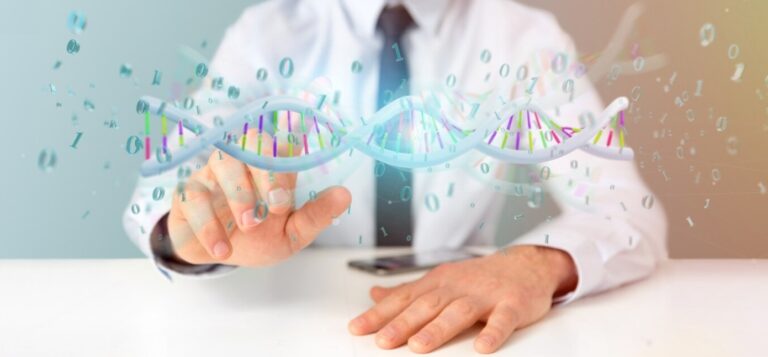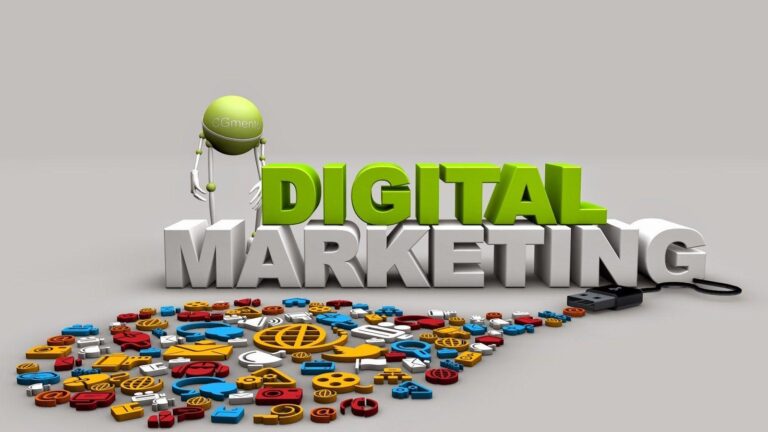Generic translation is a risk your industry can’t afford to take.
Precision in every word. We are the subject matter experts you need to navigate regulatory approvals and protect patient safety.
Our specialized translation isn’t just about language; it’s about preserving scientific accuracy and regulatory compliance in every document for your peace of mind.
A single mistranslated term can invalidate a clinical trial. Our rigorous, multi-step process eliminates risk, ensuring your data is always flawless.
We help you expand into new markets with confidence, providing precise, culturally-aware translations for your products, from labels to patient information leaflets.
What is Life Science Translation? | The Need for Specialization.
What is Life Science Translation? (And Why Generic Translation Isn’t Enough)
Imagine submitting a New Drug Application to the FDA with a chemistry section translated by a generic online tool. Or implanting a medical device using instructions that were «close enough» in the local language. The thought is chilling. Life science translation isn’t about converting words; it’s about meticulously transferring meaning, nuance, and absolute regulatory compliance from one language to another. It’s the quality control and approval process for your most critical asset: communication.
The stakes in the life sciences are simply too high. A single mistranslated term, an ambiguous instruction, or a culturally inappropriate phrase can lead to catastrophic consequences. It can invalidate clinical trial data, cause regulatory delays costing millions, or, in the worst-case scenario, put a patient’s health at risk. For this reason, relying on a generic translation service is a reckless shortcut that the industry cannot afford to take.
This article provides a clear life science translation definition and shows you exactly why this is a highly specialized field. You’ll learn how expert translators—who are also subject-matter experts—mitigate risks at every stage of a product’s lifecycle. We will explore the critical differences between a standard translation and one designed for the rigorous demands of the life sciences, proving that when it comes to scientific communication, generic is never an option.
The Critical Difference: Specialized vs. Generic Translation Services.
Many people assume translation is a simple process: a bilingual person takes a document in one language and produces it in another. This couldn’t be further from the truth, especially when it comes to the complex and highly regulated world of biotechnology, pharmaceuticals, and medical devices. The critical difference lies in the process, expertise, and ultimate output. The following contrast matrix provides a clear definition of what is life science translation by comparing it directly to its generic counterpart. This distinction is vital for anyone in the industry, from a researcher to a regulatory affairs manager.
| Feature | Generic Translation | Specialized Life Science Translation |
| Translator | A bilingual individual with general language skills. | A subject matter expert (SME) translator with a background in the specific field (e.g., a translator with a degree in pharmacology, molecular biology, or medicine). |
| Focus | Grammatical correctness, flow, and direct word-for-word translation. | Regulatory compliance, scientific accuracy, and cultural appropriateness. Precision and safety are paramount. |
| Process | Often a single, one-step process where a translator works on their own. | A multi-step, rigorous process: Translation > Editing by a second SME > Review by a final specialist > Quality Assurance (QA). |
| Tools Used | Basic dictionaries and possibly a generic CAT (Computer-Assisted Translation) tool. | Validated CAT tools, proprietary client-specific termbases, and comprehensive glossaries to ensure consistency of terminology. |
| Output | A translated document that is «correct» from a linguistic perspective but may lack critical context and terminology. | A submission-ready, compliant, and culturally adapted document. It’s not just a translation; it’s a verified asset. |
| Risk Level | High. Errors are likely, and they can lead to invalid data, legal liability, and product recalls. | Low. A validated process and human expertise ensure accuracy. The goal is to eliminate risk entirely. |
This table provides a foundational life science translation definition by showing you exactly why a generic service, while «correct» on the surface, can never meet the demands of a regulated industry translation project. For more information on the risks involved, read more about the risks of generic translation in our detailed analysis.
Science Demands Specialists.
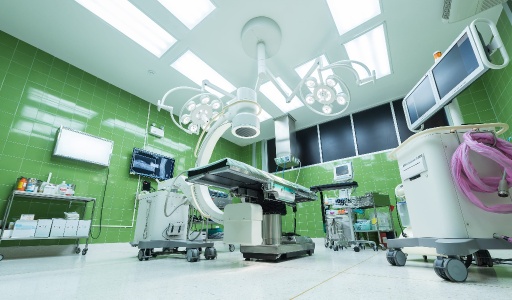
‘Tolerance’ can have multiple meanings. Don’t risk the wrong one.
In a clinical trial, ‘tolerance’ refers to a patient’s diminished response to a drug, a critical detail for safety and efficacy analysis.
In medical devices, ‘tolerance’ is an engineering term for acceptable variation, and a mistranslation could lead to manufacturing flaws.
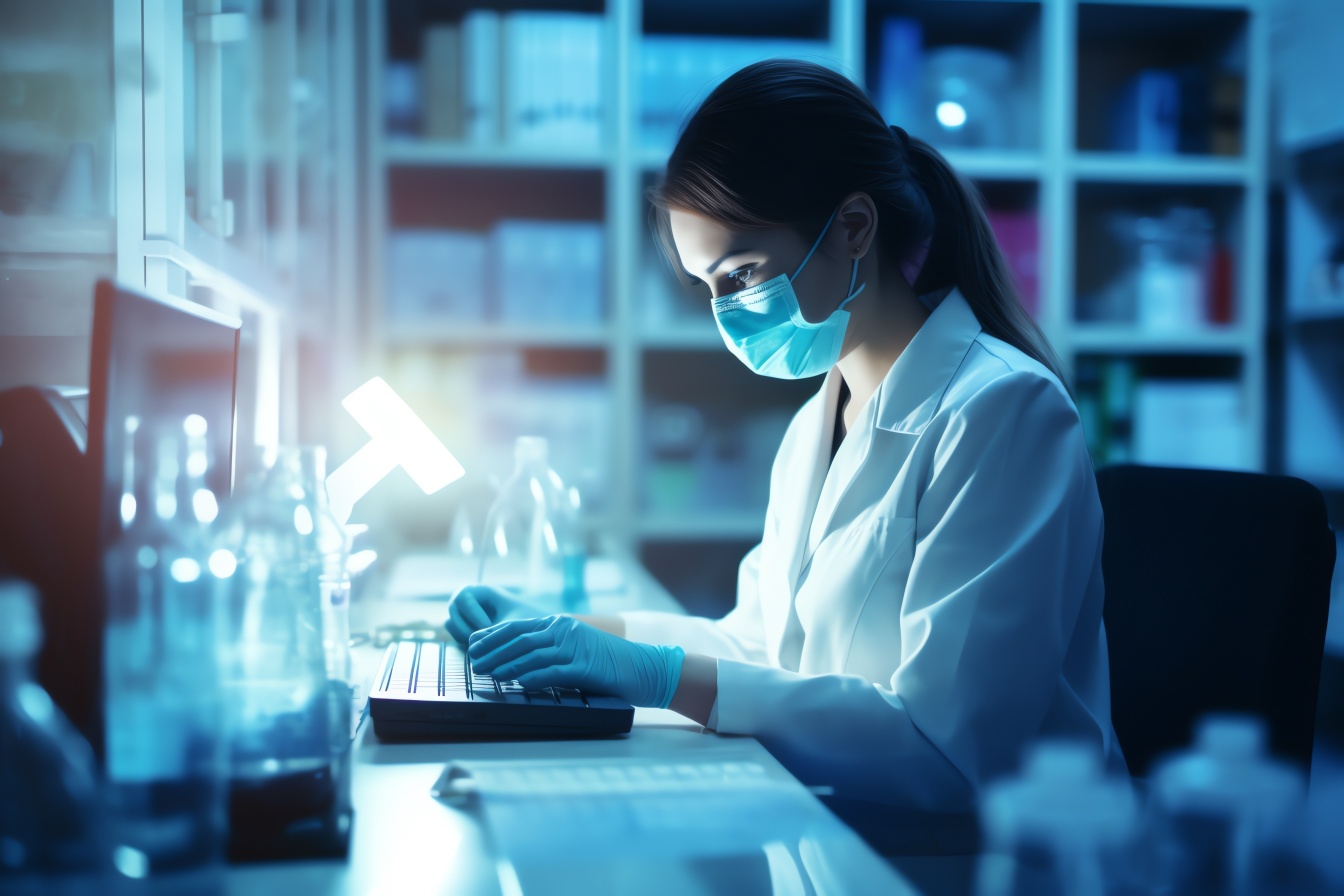
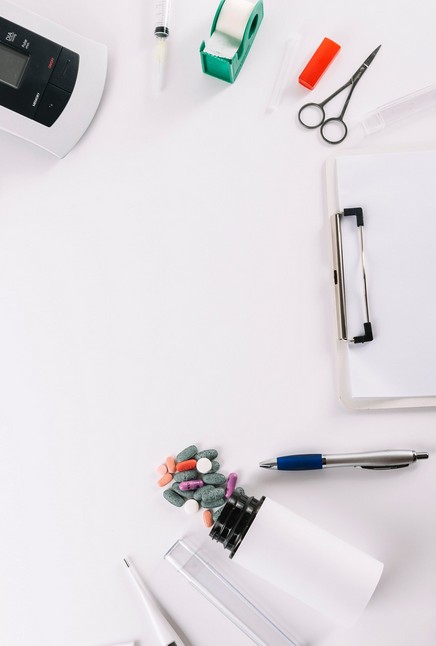
Your Project’s Integrity Depends on Expert Translation.
Rely on a subject matter expert translator who understands the scientific context behind every word, ensuring your data remains valid.
Why a Single Word Can Change Everything: The ‘Tolerance’ Example.
In the world of translation for science, a single term can carry multiple, context-dependent meanings. A generic translator might be unaware of these nuances, but a subject matter expert lives and breathes them. This is where the risk of using generic translation services becomes a very tangible reality.
Take the word «tolerance.» A generalist might see this word and choose its most common equivalent, like a patient’s endurance for pain or a societal acceptance of something. However, in the life sciences, this word has several specific, highly technical definitions, and using the wrong one could have devastating consequences.
- Drug Tolerance: This refers to a patient’s diminished response to a drug after repeated use. For example, a clinical research report might state that a patient has developed a «tolerance» to a new pain medication, meaning they require a higher dose to achieve the same effect.
- Engineering Tolerance: Within medical device documentation, «tolerance» is a critical engineering term. It specifies the acceptable range of variation in a device’s components. A generic translator might mistake this for a biological term, potentially leading to errors in manufacturing specifications that could compromise device function and patient safety.
- Statistical Tolerance Interval: In clinical trial data analysis, a «statistical tolerance interval» is a specific statistical range calculated from a population sample. A statistician understands this term’s precise meaning, but a translator without a scientific background could confuse it with a general term, introducing a fundamental inaccuracy that could invalidate an entire study’s findings.
The Real-World Risks of Generic Translation in Healthcare.
Using the wrong term doesn’t just create a typo; it introduces a scientific and regulatory inaccuracy that can invalidate data, confuse regulators like the FDA or EMA, and delay a product launch by years. In some cases, it can compromise patient safety, leading to liability and legal action. This is the core of what life science translation is about: mitigating risk.
For a deeper insight into this, read about our professional translation services pillar page and the unique blend of human and AI expertise that ensures accuracy.
The Unsung Hero of Your Product’s Global Journey.
The true value of specialized translation services becomes clear when you view them not as a one-off task, but as a strategic partner integrated into every stage of a life science product’s lifecycle. From the initial spark of an idea in a lab to its global distribution and beyond, translation plays a non-negotiable role in ensuring success, compliance, and safety. A subject matter expert translator is involved in a product’s entire journey, ensuring that every document is scientifically accurate and culturally relevant at each step. This continuous process highlights a key answer to the question, «how is life science translation different?» It’s not about isolated documents; it’s about a consistent, end-to-end communication strategy that protects your innovation and your patients.
For more information on how this process is managed, you can read about our approach to human expertise and technology synergy in our professional translation services.
Stage 1: Discovery & Pre-clinical Research.
Before a product ever reaches a human patient, countless hours of research, patents, and data are generated. This is the foundation of your innovation. For multinational companies, sharing this information and protecting intellectual property in different regions requires a specialized approach. Scientific document translation at this stage is the first critical step in a product’s global journey.
Translating Research Papers and Patent Applications.
These documents are dense with scientific and technical jargon. A professional translation for science service ensures that the precise meaning of complex theories, methodologies, and experimental results is not lost. Errors here could jeopardize patent rights, lead to flawed research collaborations, or misrepresent crucial scientific findings to partners and investors.
The challenge here is that the terminology is often new and highly specialized. There may be no established equivalent in the target language. This requires the translator to be a true SME, capable of accurately rendering new scientific concepts rather than simply finding a direct linguistic match. The translator must understand the underlying science to correctly convey the intended meaning, a task that goes far beyond a generalist’s capabilities. A generic translator might render a patent claim in a way that is legally ambiguous, leaving your intellectual property vulnerable.
Stage 2: Clinical Trials.
This is arguably the most critical stage, where patient safety and regulatory scrutiny are at their highest. Clinical trials are conducted in multiple countries, requiring a vast amount of documentation to be flawlessly translated. The need for specialized clinical trial translation services is absolute. Mistakes at this stage are not just costly—they can be life-threatening.
Informed Consent Forms (ICFs) & Patient-Facing Materials.
Informed Consent Forms (ICFs) are legally and ethically binding documents that inform patients about the trial’s risks, benefits, and procedures. They must be translated with perfect clarity and cultural sensitivity to ensure patients fully understand what they are agreeing to. A single mistake—a mistranslated side effect or a confusing explanation of a procedure—could lead to legal issues and jeopardize the trial’s validity.
Beyond ICFs, patient-facing materials like diaries, surveys, and recruitment ads must also be translated. This is where cultural appropriateness becomes as important as technical accuracy. A phrase that is medically correct but culturally insensitive could deter patient enrollment or cause confusion.
Case Report Forms (CRFs) & Protocols.
These are the backbone of a trial, documenting all patient data and procedures. Inaccurate translation can lead to flawed data collection, making the entire trial invalid and the results unpublishable. The FDA and EMA demand impeccable data integrity. If a CRF is translated incorrectly and patient data is entered in a way that doesn’t align with the protocol, the entire study’s findings could be called into question, leading to a complete regulatory rejection.
Pharmacovigilance Documents.
The reporting of adverse events is a legal and ethical requirement. Translations must be immediate and precise, ensuring that safety signals are understood globally. When a patient in a foreign country experiences an unexpected reaction, that information must be translated accurately and swiftly so the sponsor can take appropriate action. A delay or misinterpretation of this critical data could have severe consequences for patient safety and lead to major regulatory penalties.
The challenges at this stage are immense. Time is of the essence, and accuracy is paramount. Every single term must be consistent across all documents, which is why robust terminology management and a dedicated termbase are essential for this type of work. This is the foundation for a good regulated industry translation service. A single CRO (Contract Research Organization) might manage trials in dozens of countries, generating hundreds of thousands of words. Without specialized expertise, this process is unmanageable and fraught with risk. The answer to «do I need a specialized translation service?» is a resounding «yes» if you are conducting clinical trials. The financial and reputational risks of generic translation are simply too great.
The Cost of Translation Errors.
Beyond the obvious danger to patient health, the financial and reputational costs of a translation error in the life sciences are immense. A regulatory submission with errors can be rejected, forcing a company to spend millions on resubmission. A product recall due to an inaccurate label can destroy a brand’s reputation and lead to long-term financial losses. It is far more cost-effective to invest in a specialized translation service upfront than to face the fallout from a preventable error. A single error in a scientific document translation can lead to a domino effect of costly problems, from legal fees to lost market share. The price of an expert translation is negligible when compared to the cost of a mistake. This highlights precisely why is medical translation important—it’s a critical investment in your company’s future.
A Rigorous, Multi-Step Approach to Ensure Quality.

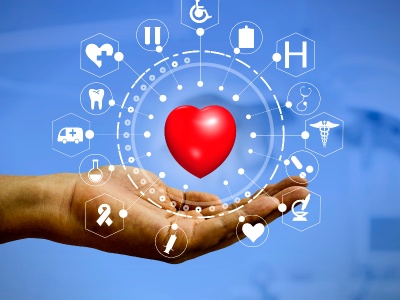
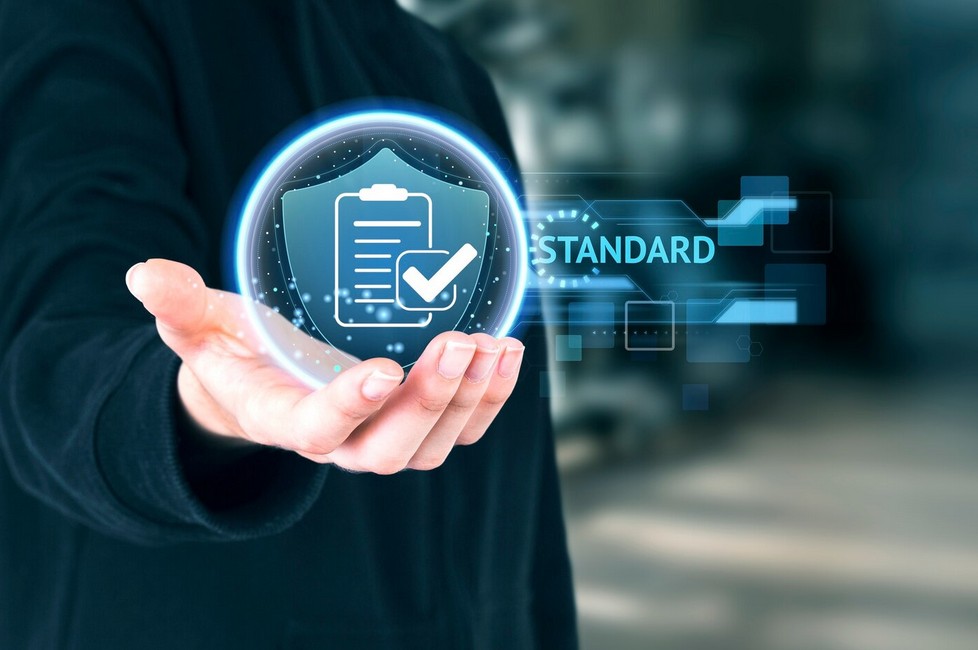
Our Quality Assurance (QA) process involves multiple expert reviews to guarantee scientific accuracy and linguistic perfection, so you can trust every deliverable.

The Regulatory Submission: The Make-or-Break Moment.
A product cannot be launched in a new market until its documentation has been reviewed and approved by local regulatory bodies such as the FDA in the U.S. or the EMA in Europe. This stage involves the translation of thousands of pages of highly technical and legally binding content. It’s the moment where all the meticulous research and development come to a head. The question of «do I need a specialized translation service?» becomes a legal and financial mandate.
This is a stage where the a subject matter expert translator is not just a preference but a necessity. These experts understand that every word can be a legal detail, every phrase a matter of compliance. A minor mistranslation could lead to a complete rejection of a submission, causing years of delay and millions in lost revenue. For this reason, regulated industry translation requires a level of precision and expertise that goes far beyond general linguistic skills.
Common Technical Documents (CTDs).
The Common Technical Document (CTD) is the massive dossier submitted to regulatory agencies, including everything from non-clinical reports to manufacturing information. A typical CTD can span tens of thousands of pages, and every word must be perfectly translated to comply with strict international standards.
Within the CTD, there are various modules. For example:
- Module 3: Quality: This module details the manufacturing and quality control processes. A translation error here could misrepresent a critical step in a drug’s production, leading to a regulatory audit or rejection.
- Module 5: Clinical Study Reports: These are the detailed reports from your clinical trials. Since the data has already been collected, the translation must be flawless to ensure the regulatory body can accurately assess the product’s safety and efficacy.
A specialized scientific document translation team understands the intricate structure of a CTD and the specific requirements of each module. They ensure that all terminology is consistent, all data is correctly presented, and all legal nuances are preserved, which is a key part of the life science translation definition.
Summary of Product Characteristics (SmPC).
The Summary of Product Characteristics (SmPC) is a key document that provides detailed information about a medicinal product for healthcare professionals. These must be accurate and legally compliant in the local language. A single error in dosage information or a misstatement about contraindications could have severe health consequences and expose the company to legal liability.
The precision required for an SmPC is a perfect example of why is medical translation important. It’s not just about language; it’s about public health. The consequences of a mistake are far too great to rely on a generalist or automated tool. The risks of generic translation become glaringly obvious at this stage, as a generic translator would likely miss the subtle but critical details required for legal and medical validity.
Challenges of Regulatory Translation.
The sheer volume and complexity of the documents in this stage require a coordinated effort from a team of expert linguists. The process must include multiple layers of Quality Assurance (QA) to ensure that no errors slip through, which is why specialized firms often hold certifications like ISO 17100 or ISO 13485. These certifications are a clear indicator that the service adheres to the highest standards of quality and safety.
At this point, you should already see a clear answer to «how is life science translation different?» It is a highly-structured, multi-layered process that is designed to meet strict regulatory demands, and it’s something that only a specialized translation service can offer.
Stage 4: Commercialization & Marketing.
Once a product has received regulatory approval, the focus shifts to bringing it to market. This stage requires a different kind of expertise, where precision meets persuasion. Life science translation here involves not only scientific accuracy but also cultural adaptation and localization to ensure the message resonates with local healthcare professionals and patients.
This is where your brand’s voice and scientific integrity need to be translated, not just your words. It’s a key component of what makes specialized translation services so valuable, as they understand the nuances of a product’s positioning in a new market.
Product Labels and Packaging.
The instructions for use (IFU), safety warnings, and dosage information on packaging and labels must be translated flawlessly and be legally compliant in each target market. A regulated industry translation expert knows the specific legal and formatting requirements for labels in each country. A mistake here could lead to a product recall, which is one of the most significant and costly risks of generic translation.
Patient Information Leaflets (PILs).
These documents explain a drug’s use, side effects, and precautions in plain language for the general public. Translation must be clear, simple, and culturally appropriate to maximize understanding and patient safety. A generic translator might use overly technical jargon that confuses patients, whereas a specialist understands how to simplify complex medical terms without losing their meaning, directly addressing the question «why is medical translation important?» for public health.
Marketing and Training Materials.
From sales presentations to physician training modules and promotional brochures, all materials must be translated to a professional standard. This is not just about words; it’s about conveying the brand’s identity and scientific integrity in every language. A scientific document translation firm can also adapt marketing campaigns to fit cultural norms, ensuring that the message is not just understood but also accepted by the target audience.
Stage 5: Post-Market Surveillance: The Commitment to Continuous Safety.
A product’s journey doesn’t end after launch. Continuous monitoring is crucial for patient safety and regulatory compliance. Post-market surveillance generates a constant flow of data and reports that need expert translation. This is an often-overlooked but absolutely critical component of the life science translation definition. It’s the ongoing commitment to safety that separates a responsible life sciences company from a negligent one.
The speed and accuracy of translation at this stage are paramount. When new information about a product emerges, it must be communicated swiftly to a global audience of regulators, healthcare professionals, and patients. A failure here can lead to delayed safety warnings, putting patients at risk and opening the door to legal action and regulatory fines.
Pharmacovigilance Reports and Adverse Event Data.
When a patient experiences a side effect, that information must be reported accurately and swiftly to the relevant authorities and the manufacturer. A specialized translation service ensures that this critical data is not misinterpreted, allowing for timely identification of safety issues. A generic translator might misinterpret a medical term, misstating the severity of an adverse event and delaying the necessary action to protect other patients.
This is a perfect example of why is medical translation important. It’s not about marketing; it’s about saving lives. The data collected from around the world helps build a comprehensive safety profile for a drug or device. Inaccurate or delayed translation of this data could hinder a company’s ability to identify a new safety signal, leading to a much larger crisis. The risks of generic translation in this context are simply too high to consider.
Literature Monitoring.
Continuous translation of scientific document translation from around the world is necessary to keep up with new research and potential safety concerns related to a product. The latest findings in a new journal from Japan, a clinical paper from Germany, or a new study from Brazil must be accessible to your research and development team, no matter the language.
A subject matter expert translator can quickly and accurately summarize or fully translate these articles, helping your company stay ahead of the curve. They understand the context and the specific terminology, ensuring that no critical information is lost. This is a crucial element of being a regulated industry translation partner.
The Life Science Translation Definition, Summarized.
The question, «what is life science translation?» is answered not by a simple dictionary definition but by the stakes involved. It’s a field where accuracy is not a luxury but a legal and ethical requirement. It’s the difference between a successful product launch and a costly delay, between a validated clinical research trial and an invalid one, and ultimately, between patient safety and avoidable risk.
The key takeaway is that generic translation services cannot meet the unique demands of the life sciences. They lack the subject matter expertise, the rigorous multi-step processes, and the validated tools necessary to ensure compliance and mitigate risk. For more information, read more about our professional translation services and our commitment to Quality Assurance (QA).
Elevate Your Global Reach With Unrivaled Scientific Translation.
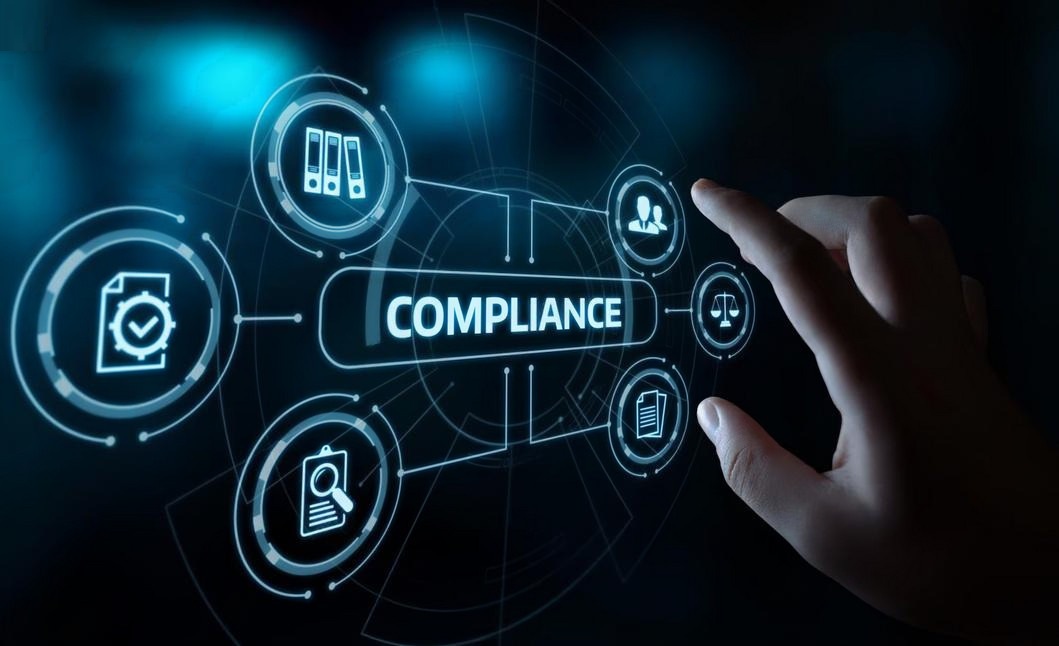
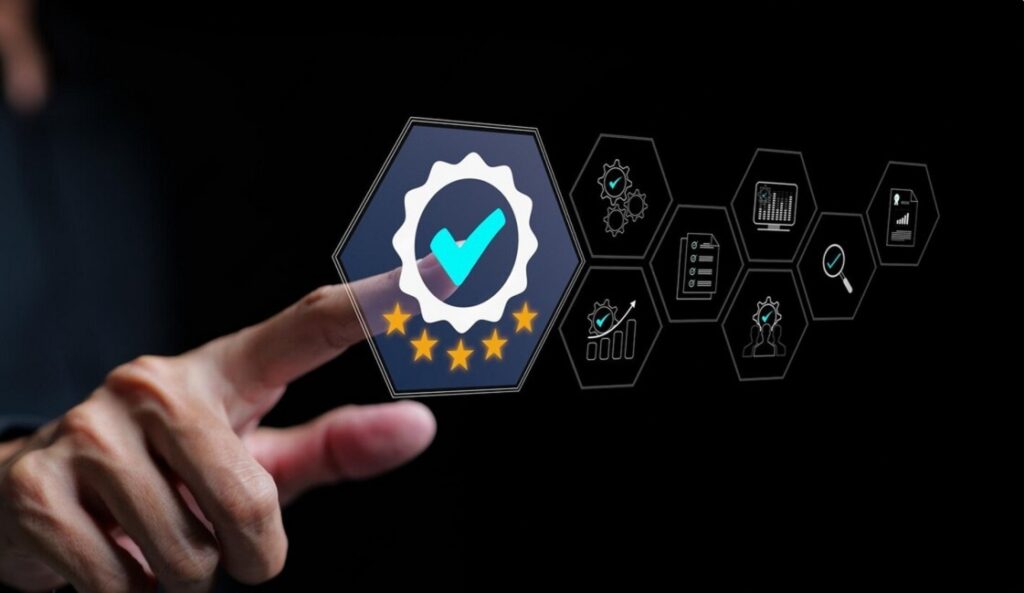
Trust a translation partner who understands the complexities of your life science business and the critical importance of accuracy.
Conclusion: Your Partner in Precision and Compliance.
Your business is built on innovation, scientific rigor, and a commitment to health. Your communication should reflect that same level of care. By partnering with a specialized translation service, you are not just getting a document translated; you are ensuring accuracy, validating your processes, and protecting your most critical assets.
A true life science translation partner is the connective tissue that allows your company to operate safely and effectively on a global scale. They are an extension of your team, dedicated to upholding the highest standards of scientific integrity and regulatory compliance. They are the answer to «do I need a specialized translation service?» and the solution to the risks of generic translation.
The Total Commitment to Safety and Final Summary.
A product’s journey doesn’t end after launch. Continuous monitoring is crucial for patient safety and regulatory compliance. This is an often-overlooked but absolutely critical component of the life science translation definition. It’s the ongoing commitment to safety that separates a responsible life sciences company from a negligent one. The speed and accuracy of translation at this stage are paramount. When new information about a product emerges, it must be communicated swiftly to a global audience of regulators, healthcare professionals, and patients. A failure here can lead to delayed safety warnings, putting patients at risk and opening the door to legal action and regulatory fines.
Post-Market Surveillance: Protecting Patients in the Real World.
When a patient experiences a side effect, that information must be reported accurately and swiftly to the relevant authorities and the manufacturer. A specialized translation service ensures that this critical data is not misinterpreted, allowing for timely identification of safety issues. A generic translator might misinterpret a medical term, misstating the severity of an adverse event and delaying the necessary action to protect other patients. This is a perfect example of why medical translation is important. It’s not about marketing; it’s about saving lives. The data collected from around the world helps build a comprehensive safety profile for a drug or device. Inaccurate or delayed translation of this data could hinder a company’s ability to identify a new safety signal, leading to a much larger crisis. The risks of generic translation in this context are simply too high to consider.
Global Literature Monitoring: Staying Ahead of the Curve.
Continuous translation of scientific document translation from around the world is necessary to keep up with new research and potential safety concerns related to a product. The latest findings in a new journal from Japan, a clinical paper from Germany, or a new study from Brazil must be accessible to your research and development team, no matter the language. A subject matter expert translator can quickly and accurately summarize or fully translate these articles, helping your company stay ahead of the curve. They understand the context and the specific terminology, ensuring that no critical information is lost. This is a crucial element of being a regulated industry translation partner.
This final stage highlights that life science translation is not a transactional service but a vital, ongoing partnership. It is the connective tissue that allows a life science company to operate safely and effectively on a global scale.
Conclusion: Your Partner in Precision and Compliance.
The question, «what is life science translation?» is answered not by a simple dictionary definition, but by the stakes involved. It’s a field where accuracy is not a luxury but a legal and ethical requirement. It’s the difference between a successful product launch and a costly delay, between a validated clinical research trial and an invalid one, and ultimately, between patient safety and avoidable risk.
Your business is built on innovation, scientific rigor, and a commitment to health. Your communication should reflect that same level of care. By partnering with a specialized translation service, you are not just getting a document translated; you are ensuring accuracy, validating your processes, and protecting your most critical assets.
A true life science translation partner is the connective tissue that allows your company to operate safely and effectively on a global scale. They are an extension of your team, dedicated to upholding the highest standards of scientific integrity and regulatory compliance. They are the answer to «do I need a specialized translation service?» and the solution to the risks of generic translation.
Ready to ensure your clinical trial documents meet the highest standard? Explore our dedicated Life Science Translation Services.
To understand how our unique blend of human expertise and technology ensures accuracy, read about Human & AI Synergy.
The Critical Difference: ‘Correct’ vs. ‘Compliant’.
A generic service may be grammatically correct but lacks the subject matter expertise needed to meet strict industry standards and requirements.
Got Questions? We’ve Got Answers.
We understand you might have more questions about our process. Read our FAQs or reach out to our team for personalized support.
Let’s Discuss Your Life Science Translation Needs.
From clinical research protocols to medical devices instructions, we have the expertise to ensure your documents are perfect. Contact us for a free consultation.



